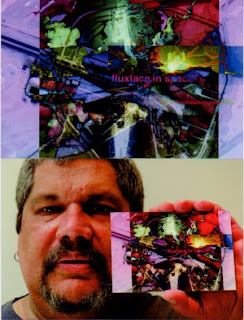Space Shuttle Mission: STS - 133
When we think about going into outer space and leaving the earth behind, we should consider where we are trying to go and why. I used to have a friend who was studying the Torah in Jerusalem and I told him in 1982 that I was thinking of moving to New York from Los Angeles where I was living at the time. He told me that the most important consideration should be what I was trying to get to in New York, not why I was leaving L.A. He said that when a person leaves a place it should not be that they want to leave that spot but why they want to go where they are going. It is in this spirit that we should move from Earth to someplace new. I hope that as we venture out we are not going to leave behind a damaged, defeated planet Earth but that we are instead moving with our heads held high toward someplace that will be even better and for all the right reasons. We must not continue to hurt this planet as if it is expendable. The planet will survive, after all. But it is humanity, we the people, that are in danger of not surviving. We must survive. We must repair this planet, learn to treat it and ourselves with respect and then we can move on to new destinations. Artists can lead in this respect. It has started with the moon during my lifetime, perhaps we can live somewhere else in the solar system, perhaps even further out than that. When I was a boy living in Ohio I remember the first time man orbited the Earth. It was John Glenn who was also from Ohio. I remember the black and white image on TV of that and I remember the beautiful color photos that came back from the moon with Neil Armstrong, another Ohioan walking around there in 1969. So many advances have occurred as a result of those missions and all the ones in between and before and after. I hope we continue to explore space and let our imaginations be our guide to these new destinations.










